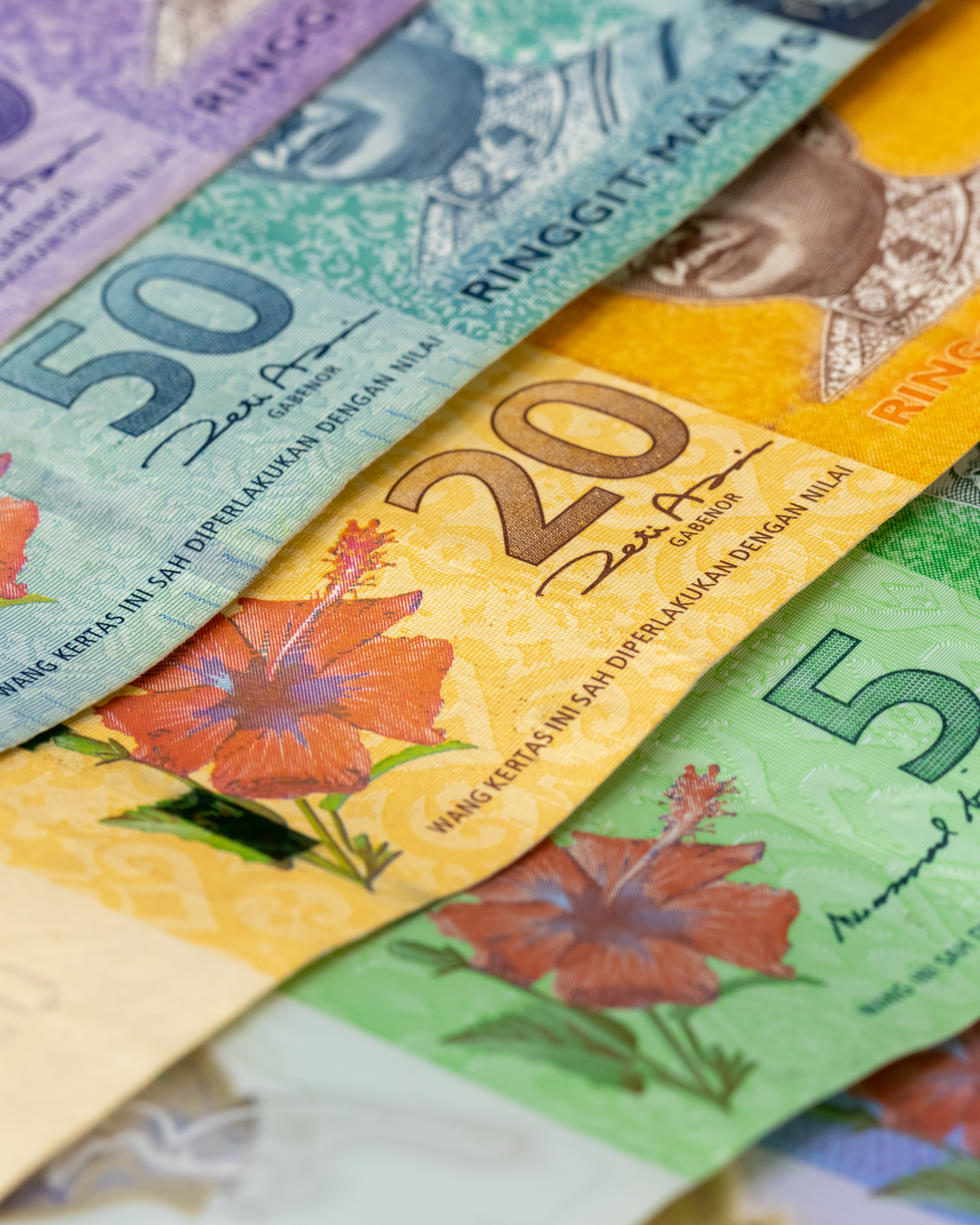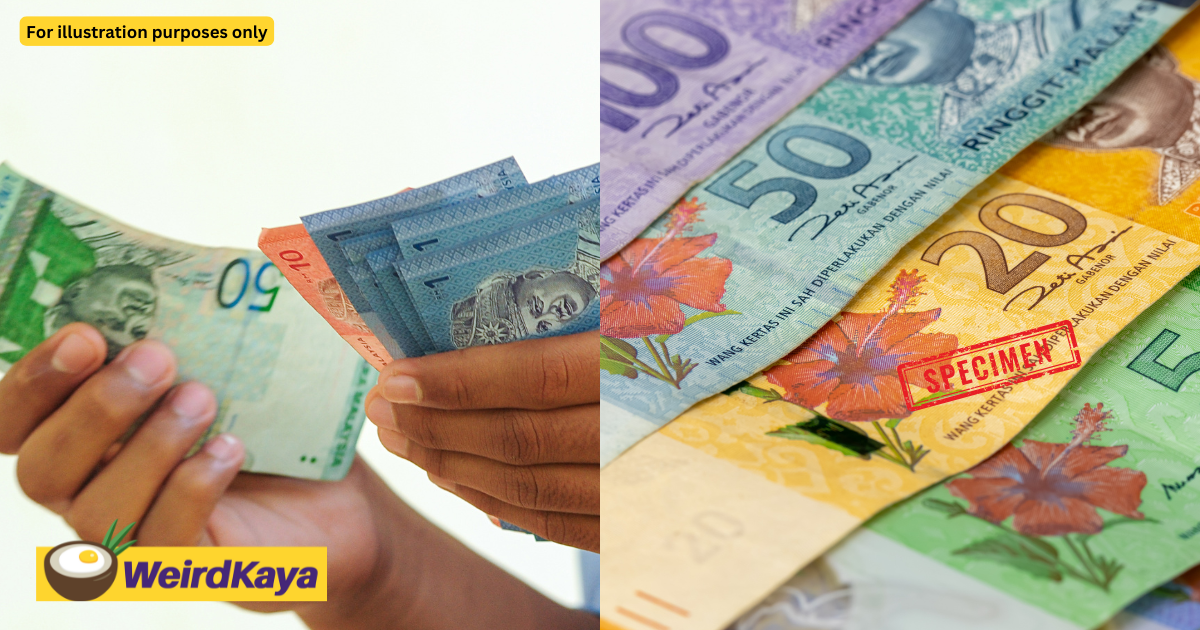The Malaysian ringgit emerged as Asia’s top-performing currency in 2024, appreciating 2.73% against the US dollar to close at RM4.47 by end of 2024.
This remarkable performance stood in contrast to the declines seen in most major Asian currencies.
Mixed results across Asia
According to a report by The Star, among other Asian currencies, the South Korean won recorded the steepest fall, plummeting 12.42% against the greenback, followed by the Japanese yen (-10.02%) and the Taiwan dollar (-6.75%).

The Indonesian rupiah and Philippine peso also weakened, dropping 4.54% and 4.47%, respectively.
Other currencies, such as the Singapore dollar (-3.09%), Chinese yuan (-2.73%), and Indian rupee (-2.81%), saw more modest declines.
The Thai baht experienced a slight dip (-0.15%), while the Hong Kong dollar was one of the few to see gains, appreciating by 0.58%.
Ringgit’s year of volatility and strength
Despite facing significant volatility early in the year, the ringgit demonstrated resilience.
It rebounded to a 39-month high of RM4.12 in September, supported by expectations of US interest rate cuts.
The ringgit also achieved a ten-day winning streak in August, closing at RM4.49 on August 2, the longest since 2010.

Malaysia’s currency ended December at RM4.47, a significant recovery from its RM4.60 level in late 2023.
The ringgit’s third-quarter performance was particularly notable, with a 14.9% appreciation against the greenback, cementing its position as the region’s strongest currency during this period.
Factors supporting the Ringgit
The ringgit’s robust performance can be attributed to a combination of domestic and external factors, including coordinated efforts by the Malaysian government and Bank Negara Malaysia (BNM).
Policies focused on inflation control, economic growth, and structural reforms under the MADANI government have bolstered the currency’s strength.
BNM encouraged businesses to repatriate export earnings in ringgit and incentivized the conversion of foreign income into local currency.
Additionally, Malaysia’s removal from the US currency manipulation watchlist reinforced the ringgit’s status as a market-driven currency, enhancing global investor confidence.
Positive evaluations from international rating agencies and analysts further supported Malaysia’s economic outlook, fostering trust in the ringgit’s long-term stability.
READ ALSO:



